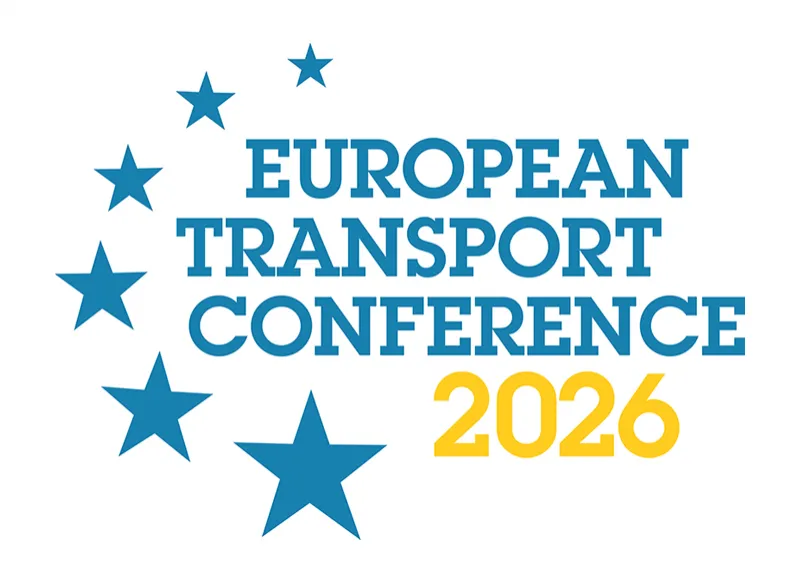-
Past ETC Papers

Browse, search and view papers from the past AET Conferences.
-
Members' Area

AET promotes networking and exchange of ideas, information and opportunities amongst members.
Conference Papers 2016
Barcelona, Spain
ETC Conference Papers 2016
Estimation of the passenger space in the boarding and alighting at metro stations
Seminar
Day 3 (7 Oct 2016), Session 7, Resilience, 09:00 - 11:00
Status
Accepted, awaiting documents
Submitted by / Abstract owner
Sebastian Seriani
Authors
Sebastian Seriani, University College London, Taku Fujiyama, University College London, Catherine Holloway, University College London
Short abstract
The aim of this paper is the estimation of the passenger space under different flow conditions of boarding and alighting by the mean of real-scale laboratory experiments.
Abstract
Although Platform Edge Doors (PEDs) has been used in various metro stations to improve safety and ventilation conditions, few research has been done to estimate the passenger space (PS) in the boarding and alighting when these elements are installed.
In sociology and psychology the concept of PS has been studied by different authors as a “virtual” space needed for a passengers to feel comfortable (Hall, 1966; Sommer, 1969). Recently studies (Webb and Weber, 2003; Evans and Wener, 2007) showed that the PS depends on different factors such as the crowd, vision, hearing, mobility and stress level. In addition, Gérin-Lajoie et al. (2005; 2008) state that the PS is asymmetrical in shape and side (left and right) when overtaking an obstacle, but little research has been done to identify if the PS changes when passengers alighting overpass those who are waiting to board on the platform.
The hypothesis of this research is that PS can be considered as an asymmetrical ellipse for passengers alighting, in which the longitudinal and lateral radii are affected by the collision avoidance of a person in front of him/her and by the interaction with other passengers alighting or waiting to board the train. In this work PS is considered as a protective safety space.
The aim of this study was to estimate the PS needed for boarding and alighting at metro stations. The specific objectives are: a) to identify the types of interaction between passengers boarding and alighting; b) to mock-up a carriage and the relevant portion of the platform at University College London ´s Pedestrian Accessibility Movement Environmental Laboratory (PAMELA); c) to conduct different load (flow) scenarios of boarding and alighting at PAMELA; d) to measure PS for each scenario.
The scenarios at PAMELA were based in a preliminary analysis observed at Westminster Station (WES), in which PEDs are installed. To represent high-density situations, three different ratios of passengers boarding divided by passengers alighting (R) where considered at PAMELA: R = 4, R = 0.25, and R =1. The mock-up represented the new generation of LU trains. This replicated the same physical and spatial variables as in WES, i.e. 2 double 1600 mm wide doors, 20 seats, a horizontal gap between train and platform of 90 mm, a vertical gap of 0 mm, and a platform train interface (PTI) defined as the space between the train doors and the PEDs. The PS is obtained by measuring the distance between the heads of two passengers. Therefore, the PS is defined as the space available for each passenger alighting to complete two main tasks: collision avoidance and reaction to sound stimulus (e.g. "let alight before boarding"). To obtain the position of each passenger on the platform a tracking tool was used.
The main results of this research showed that the PS is influenced by the interaction between passengers boarding and alighting. Significant differences in the dimensions of the asymmetrical ellipse were reached for each scenario at PAMELA. The average values for all the three cases of R (4, 1, and 0.25) showed that the lateral left radius was up to 15% bigger than the lateral right radius. on average, the lateral distance between passengers alighting and boarding (pair Ai - Bi) was around 80 cm. Similarly, passengers alighting preferred to maintain up to 22% greater distance in front of him/her than behind them due to collision avoidance techniques. In relation to the area of the asymmetrical ellipse, the results showed that the first passengers alighting perceived up to 70% higher space than the rest of the alighters. The maximum congestion is produced when the area of the asymmetrical ellipse reached a minimum value, which reached 0.83 m2/pass when R = 1. Therefore, the recommended width of platforms at transport infrastructures should be in the range of 4.0 m and 6.2 m depending on the flow conditions.
As a conclusion, this research can be used by traffic engineers to estimate the PS of passengers boarding and alighting when PEDs are used between the train doors and the platform. This in turn can help in designing the PTI and platforms at transport infrastructures. Further research needs to be done to validate the PS with more experiments at PAMELA, in which virtual (e.g. auditory stimulus) and physical (e.g. waiting areas or queue lanes) recommendations are going to be used to avoid passengers feel intimate by others.
Documents:
No documents yet.
Association For
European Transport
Forester House
Doctors Lane
Henley-in-Arden
Warwickshire, UK
B95 5AW
+44 (0) 15 64 793552
VAT number: 710 1866 64
Conference Supporters & Endorsers




Legal Entity
The Association for European Transport is registered as an Association ('vereniging') with the Chamber of Commerce for Haaglanden in The Netherlands under company number 27170096.
Built on Zenario




